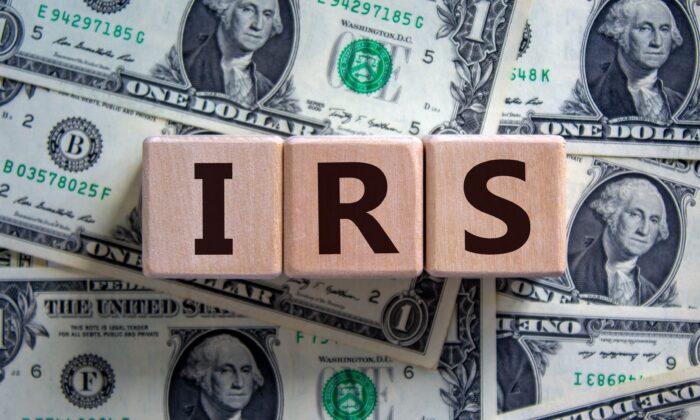Bitcoin has fallen to its lowest value in six months, bottoming out at $33,046 on Monday morning, before rebounding slightly to over $36,000 by mid-afternoon.
For six out of the last seven days, the leading cryptocurrency has declined in value, bringing its total market cap to a little over half of its historic high last November.
The drastic sell-off indicates a pivot from an economic atmosphere driven by greed to one driven by fear, as investors tremble in the face of various economic, geopolitical, and technical factors that make cryptocurrencies seem particularly risky for investors.
Additionally, the markets have become increasingly unfavorable to risk assets in light of the Federal Reserve’s suggestions of a more miserly monetary policy. In the past several months, the Fed has increasingly acknowledged the necessity of interest rate hikes as a corrective to inflation, and the markets have reacted unfavorably to the likelihood of a more aggressive anti-inflationary monetary policy.
Finally, cryptocurrencies have suffered from uncertain geographic futures, with recent civil unrest in Kazakhstan contributing to a previous fall. After the ruling Chinese Communist regime banned crypto mining last June, many miners relocated their operations to Kazakhstan, attracted by the Central Asian country’s surplus of cheap power.
However, these mining operations were interrupted by the wave of protests which began in Kazakhstan on Jan. 2, which prompted the government to shut down the country’s internet access for several days. These days offline proved immensely costly for the mining operations in Kazakhstan, temporarily stymying the minting of new coins and sending shockwaves throughout cryptocurrency markets.
The situation in Kazakhstan is only a reminder of a much larger problem facing cryptocurrency: Mining operations exist entirely at the mercy of the governments which host them, and even temporary disruptions in power supply or internet access can disrupt the entire system.
Not long ago, many investors considered Bitcoin and other cryptocurrencies as a possible hedge against inflation and instability factors in traditional asset classes. If the U.S. dollar were to decline in value, so the thinking went, an alternative store of value such as cryptocurrency would become more attractive, with the blockchain’s proof of work giving these assets greater credibility than pure fiat currency.
However, this expectation has not been borne out in reality in the past year, which has seen crypto prices generally correlated with the fortunes of stock exchanges and the GDPs of the world’s largest economies. Bitcoin has been viewed and treated as a risk asset, as drastic fluctuations in value have made the cryptocurrency markets unattractive to investors at a time when economic and geopolitical uncertainty looms large.
If cryptocurrency is going to become a dependable and long-lasting asset class, it will have to demonstrate a stability that has been absent for the past year.
While many proponents considered it a near-certainty that Bitcoin would hit $100,000 in 2021, these hopes have been undermined by the turbulent circumstances of cryptocurrency markets. While cryptocurrency bulls will likely maintain their optimism in the face of these challenges, these drastic declines are a reminder that the asset class has a long way to go before becoming established as a lindy and stable store of value in the choleric world economy.





